1. Short Bio
My name is Yoonjin Son and I go by Karen. I’m from Seoul, South Korea. I came to the United States when I was 13 years old to start studying abroad. Before I came to America, I attended an art school in Korea. I didn’t have a major back then because I left the school right before the time of choosing a major. During the first year and a half of the second year at the art middle school, I learned various techniques of drawings and paintings as well as three-dimensional sculptures and installations. They were all interesting to experience, but the tight courses and schedules were overwhelming myself. At the end of the second semester of my second year at the art middle school, I was tired of learning new areas of art. This really concerned and stressed myself because I have always loved and enjoyed making art. Thus, even though it was a hard decision, I decided to leave school and travel far from Korea to refresh my thoughts and reconsider my major. When I came to America, I was more drawn to studies, such as mathematics and sciences. Maybe it was because I have been making art since I was in elementary school. I studied hard and did pretty well on the academics, but I also loved art that I spent a similar time of studying for making art. Although I was interested in mathematics and sciences for about three to four years, when I became a junior in high school, I had to seriously think about what major I want to apply to colleges. Then, I remembered the memories of learning and making art and having fun times at the art school in Korea. Also, I remembered my old dream of making a house for myself. I always had a dream to make my own house in an opened field where I can do whatever I want to do with people I love. I suddenly decided that my inner identity really wanted to learn more about art and design, specifically interior design. It was just myself avoiding it for some reason. Since then, I worked really hard for my art portfolio during the school terms and breaks in order to get into a good art college. Thankfully, I was accepted to Parsons for Interior Design BFA with scholarships. When I first came to school in August 2018, I had a hard time adjusting myself to a new schedule and a new circumstance. However, as I went through many projects in various classes and met many friends that were nice and friendly, I was able to get more comfortable with the school and the city. Entering the spring semester, I decided to continue my major with interior design. I had a short concern about changing my major because there might be something that I really want to learn more about than interior design. However, after thinking for many times, the interior design came out to be the most interesting area for me currently and it always has been for me in the past as well. I thought there could be chances of taking minors in the following years at Parsons if I get interested in other areas of design and art. Thus, I decided to study interior design as my major. As I only have about three weeks left for this semester, I’m expecting to finish my first year successfully and looking forward to the following three years of major specific classes and learning experiences at Parsons.
2. Summary
During my first year, I incorporated various collage pieces and 3d works. They were mostly made from my Integrative Studio 1 & 2, Space and Materiality, and Drawing Through Making Center (spring elective) classes. Some works were based on the given themes from the professors, but some works were created from my own thoughts and ideas. During my fall 2018 semester, in the Integrative Studio 1 class, we learned how to use Adobe Premiere Pro for video editing. I utilized this skill in the Time class in the same semester. I previously used iMovie for video editing, but after I learned how I use Premiere, I only got to use this application. Here are some of my collage pieces and 3d works from the fall 2018 classes and the spring 2019 classes:
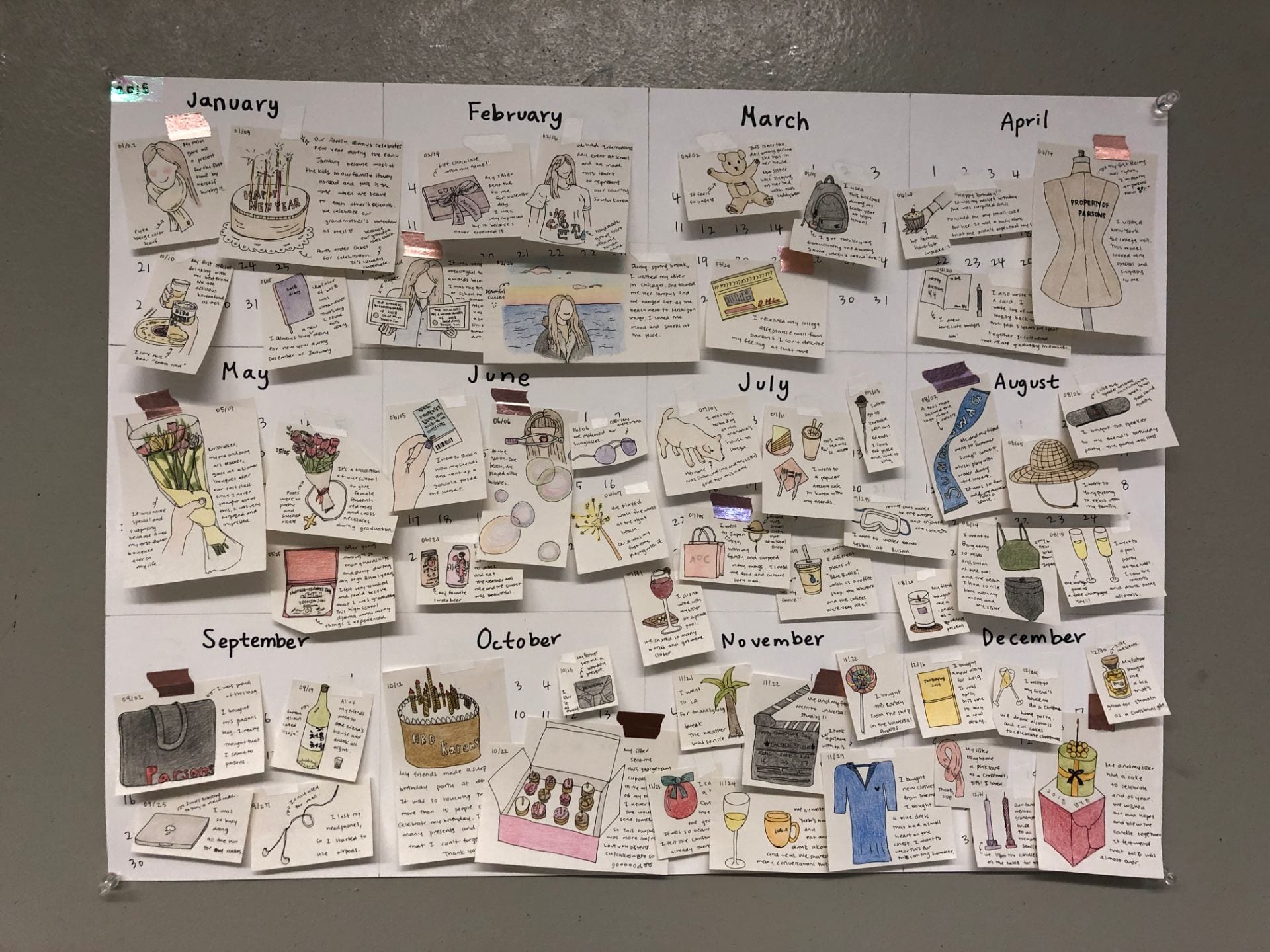
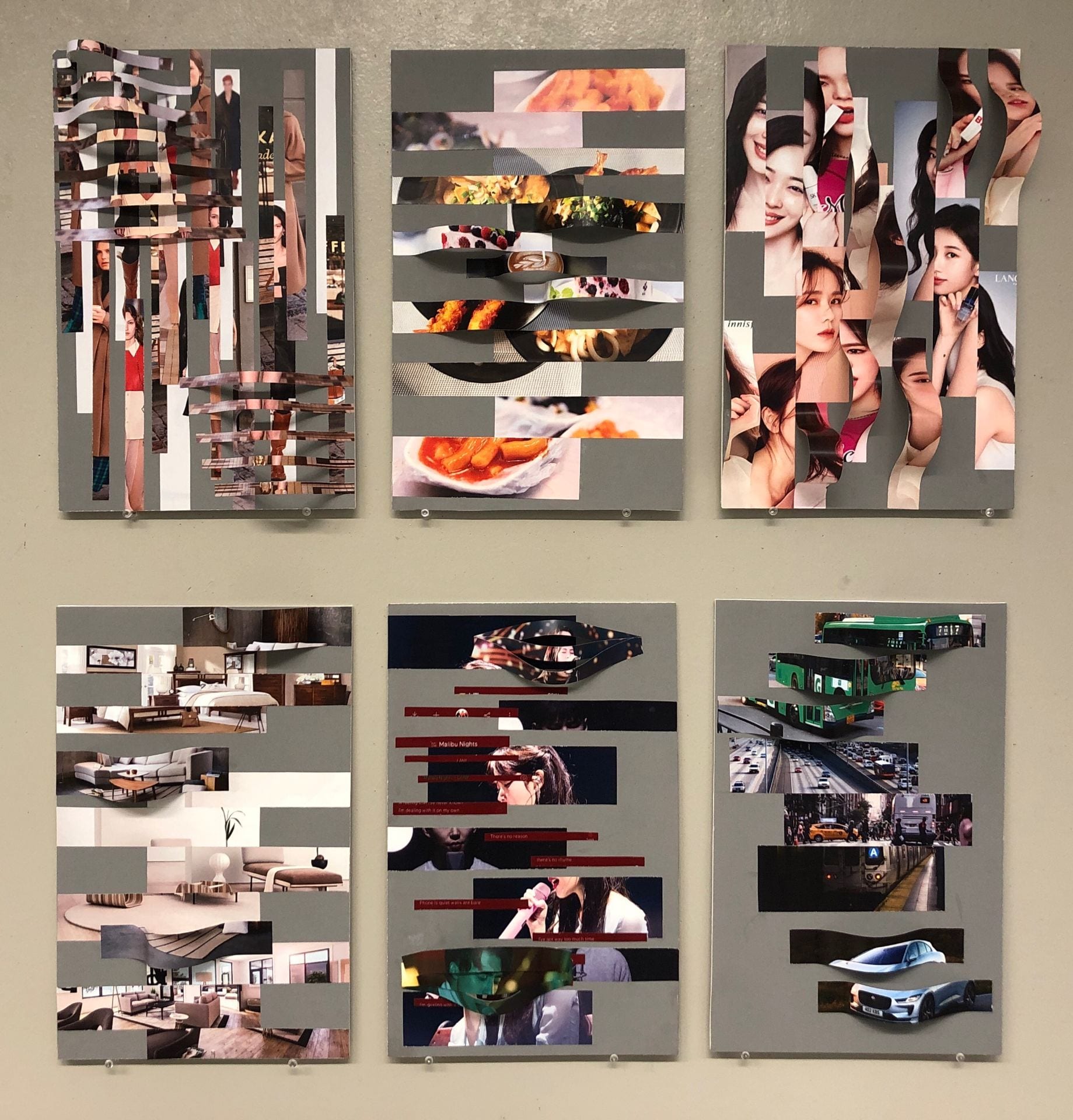


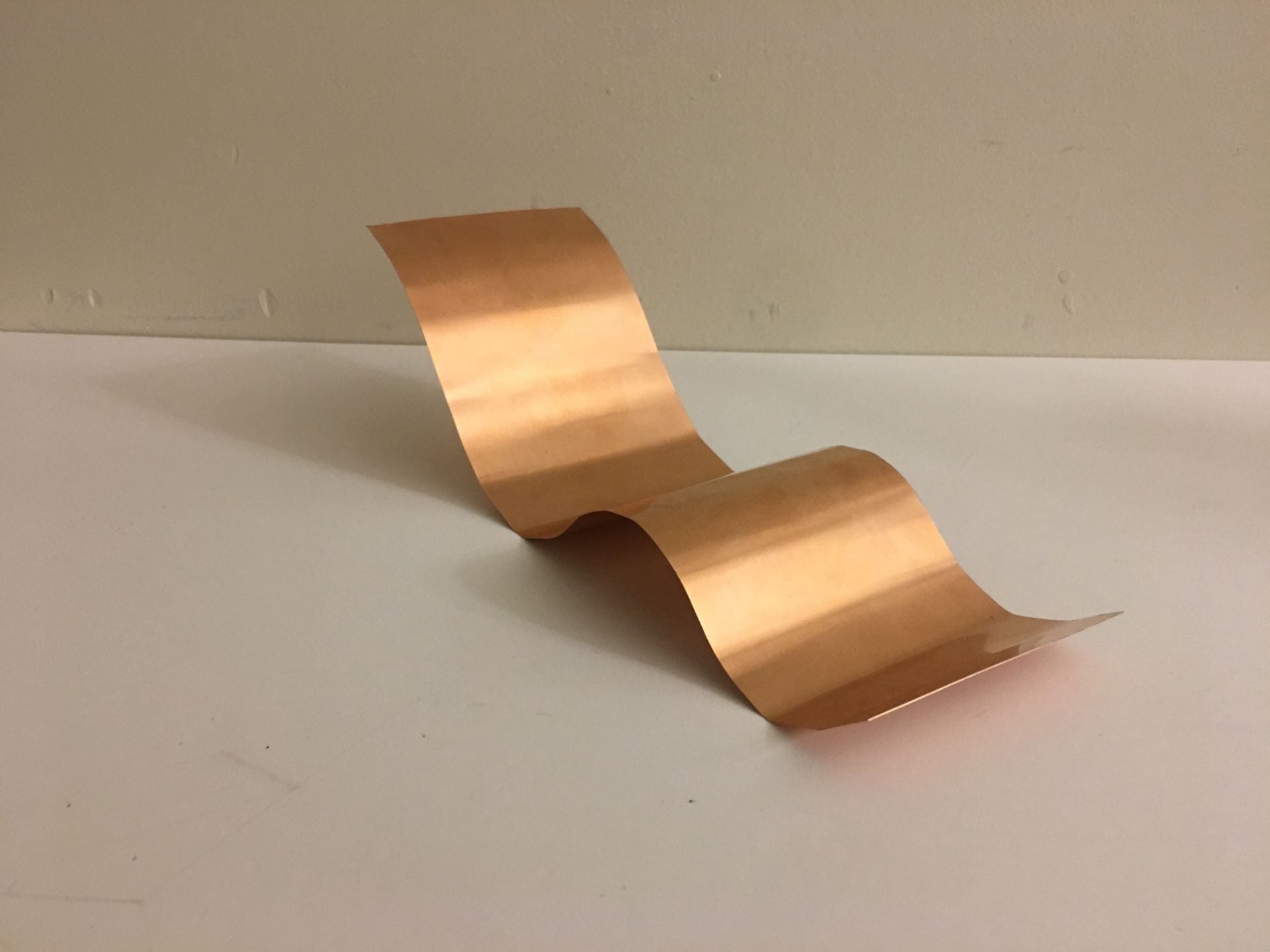
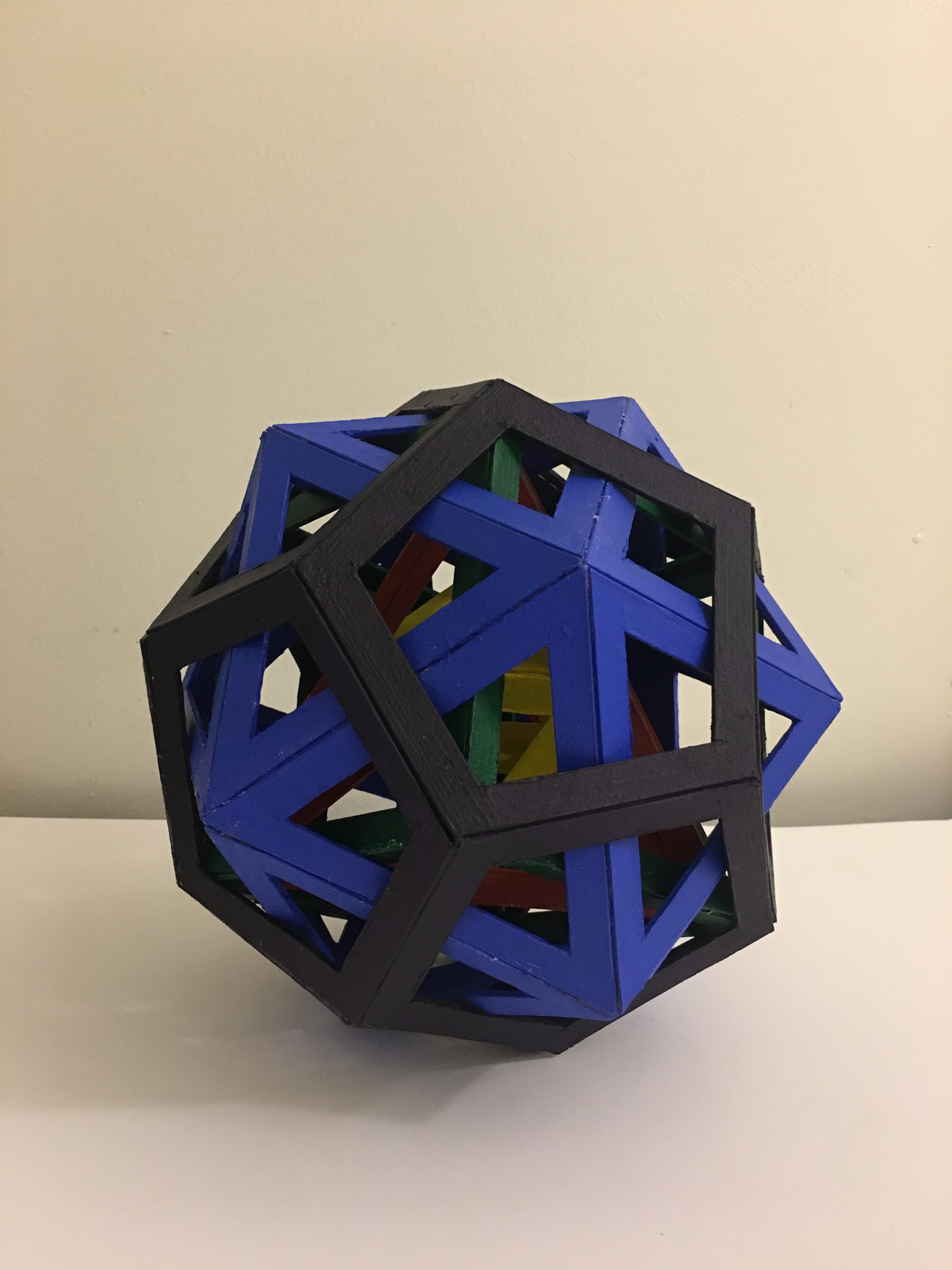
Similar in the first semester and the second semester, Integrative Studio and Integrative Seminar classes are somewhat connected. Often times, I wrote about something related to the studio class projects for the seminar papers. They both have five Bridge projects that are relative to one another. This system actually helped me to develop the concept further and enhance my writing ability for artistic writing. For example, I really enjoyed researching Nam June Paik, a Korean American video artist, and writing a research paper about him and his artworks for the seminar class and making a memorial art piece that included his concept, style, and history for the studio class. It was interesting to go back and forth between two classes to write a better essay and make a more impressive artwork. Like this, research about the artists, history, exhibitions, materials, and more were done in most of the classes before I started on making or writing. They really helped me to further develop my ideas in terms of both the themes and visuals. Here is my work for the studio memorial project:
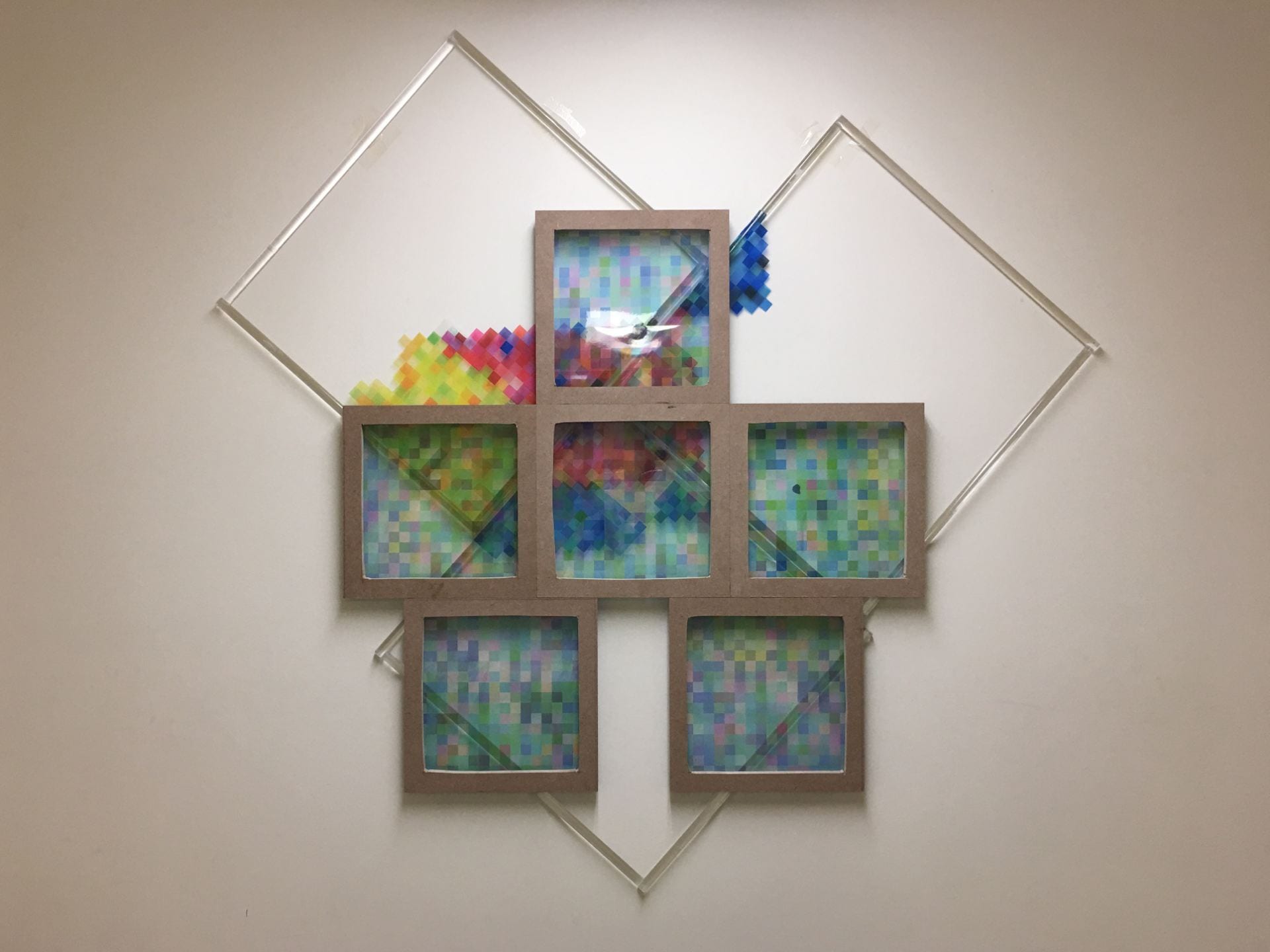
Moreover, during this semester, I entered many new areas of studies. For example, as Drawing Through Making Center class is designed to visit several different labs at Parsons and utilize the facilities in the labs for creating work, I was able to have diverse experiences at the Laser Lab, Design Lab, Ceramics Lab, and Printmaking Lab. Here are my works from using the Design Lab and Ceramics Lab:
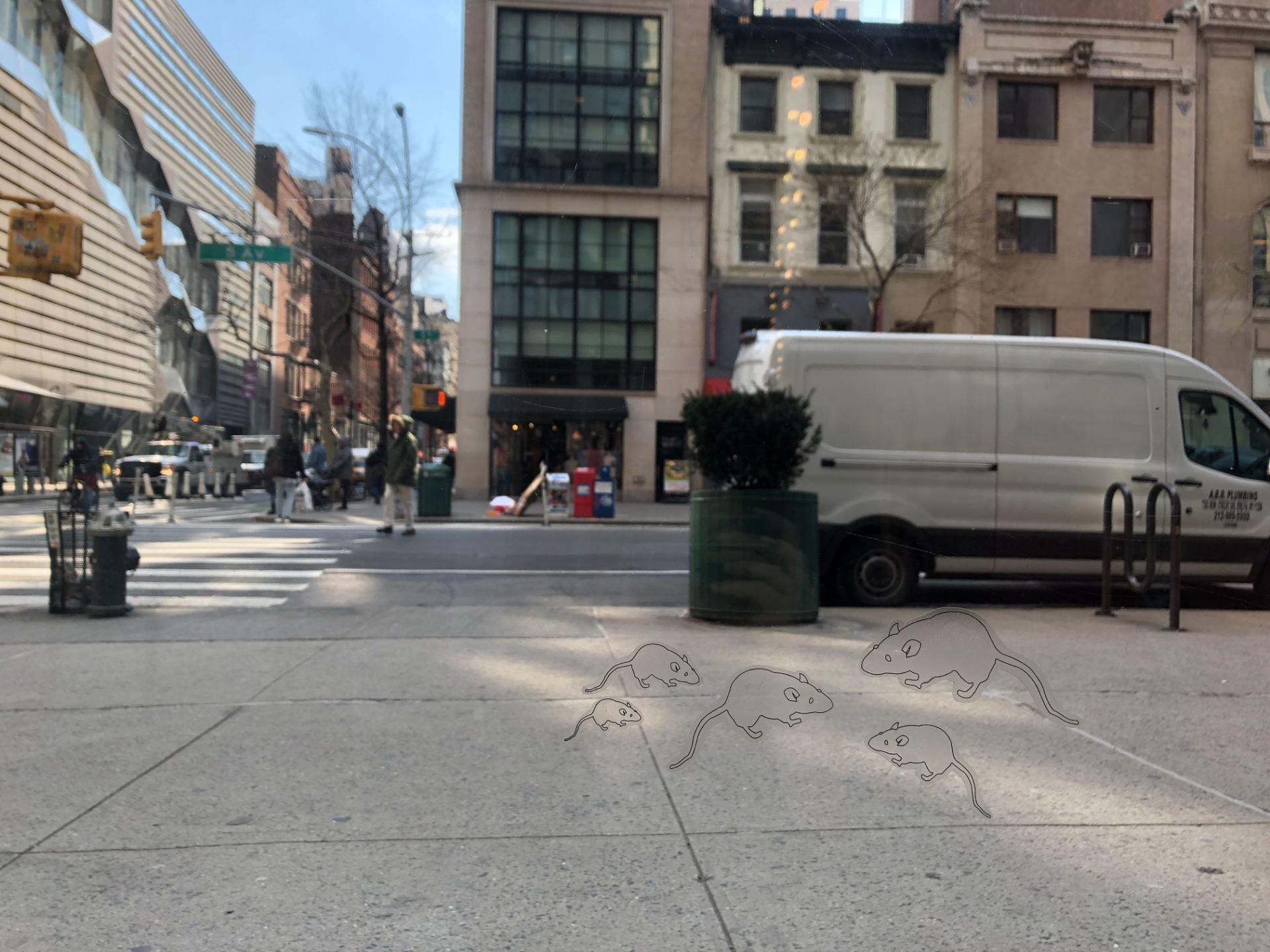
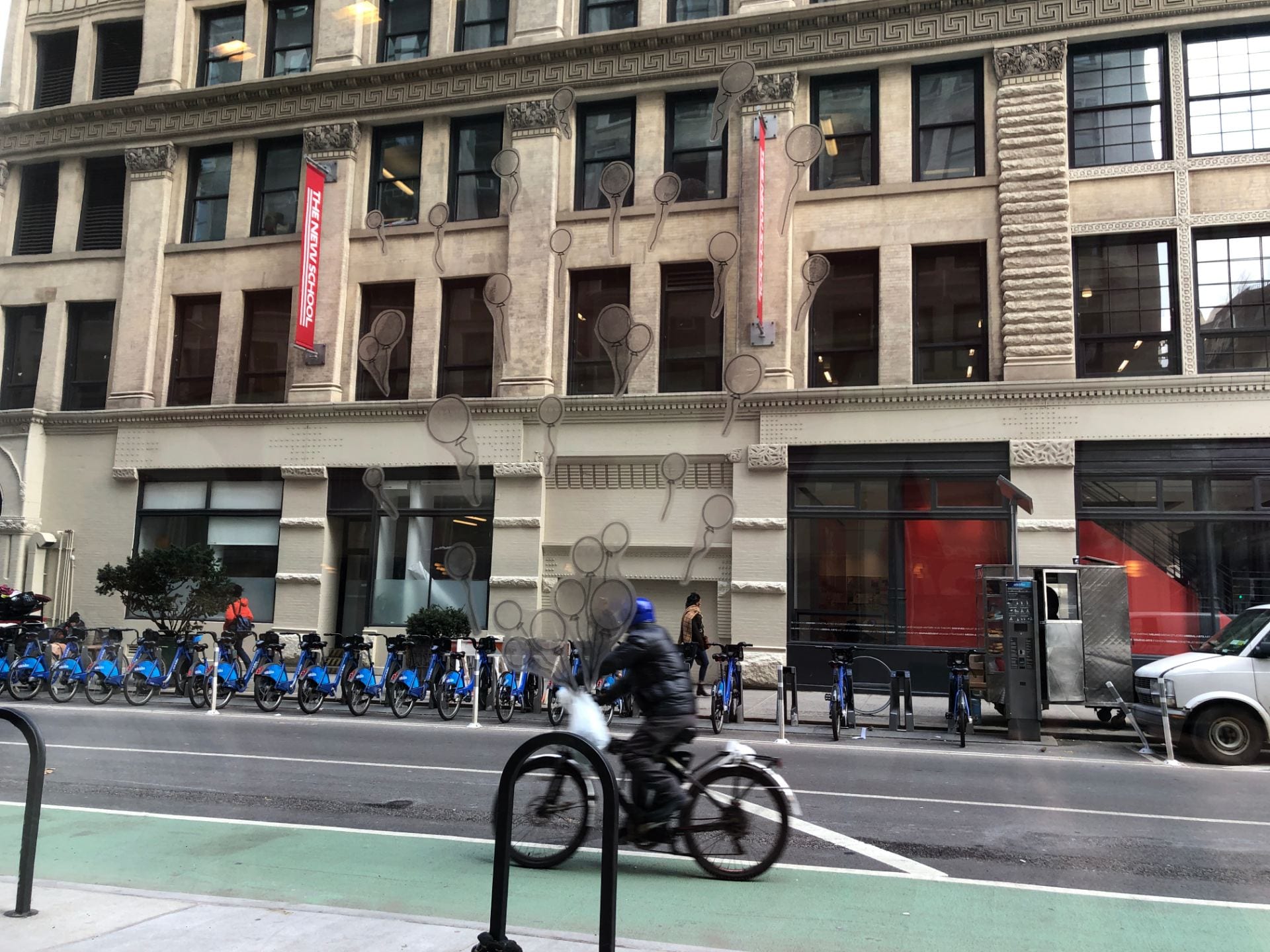



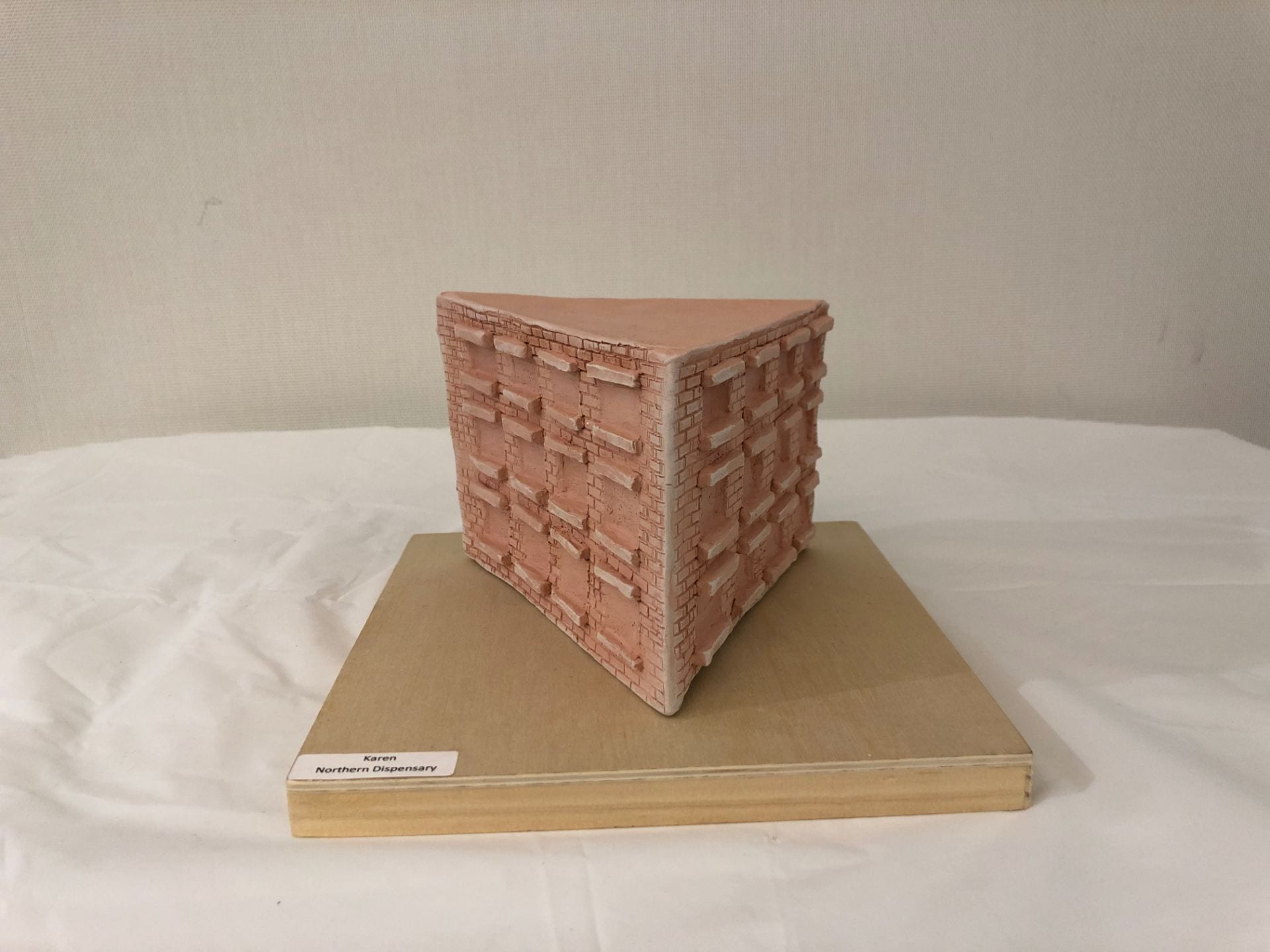
Lastly, I also learned a lot from the outside of classes. Sometimes in the studio class and the sustainable systems class this term, I had field trips to diverse places that I wouldn’t go on my own. I remember the visit to my studio professor’s studio where I viewed his work and got inspired for my next project. Our class also went to the gallery exhibition of a contemporary artist named Patrick Martinez in which was an inspirational exhibition for me. I also remember the visit to the SIMS Recycling Center and to the science lab at Parsons for the sustainable systems class. The experience at the recycling center was really memorable because it was something that wasn’t considered in my mind. Also, experiments at the science lab were fun and surprising because the experiments themselves were exciting and I personally visited the science lab after a long time. Here are some pictures from the field trips:
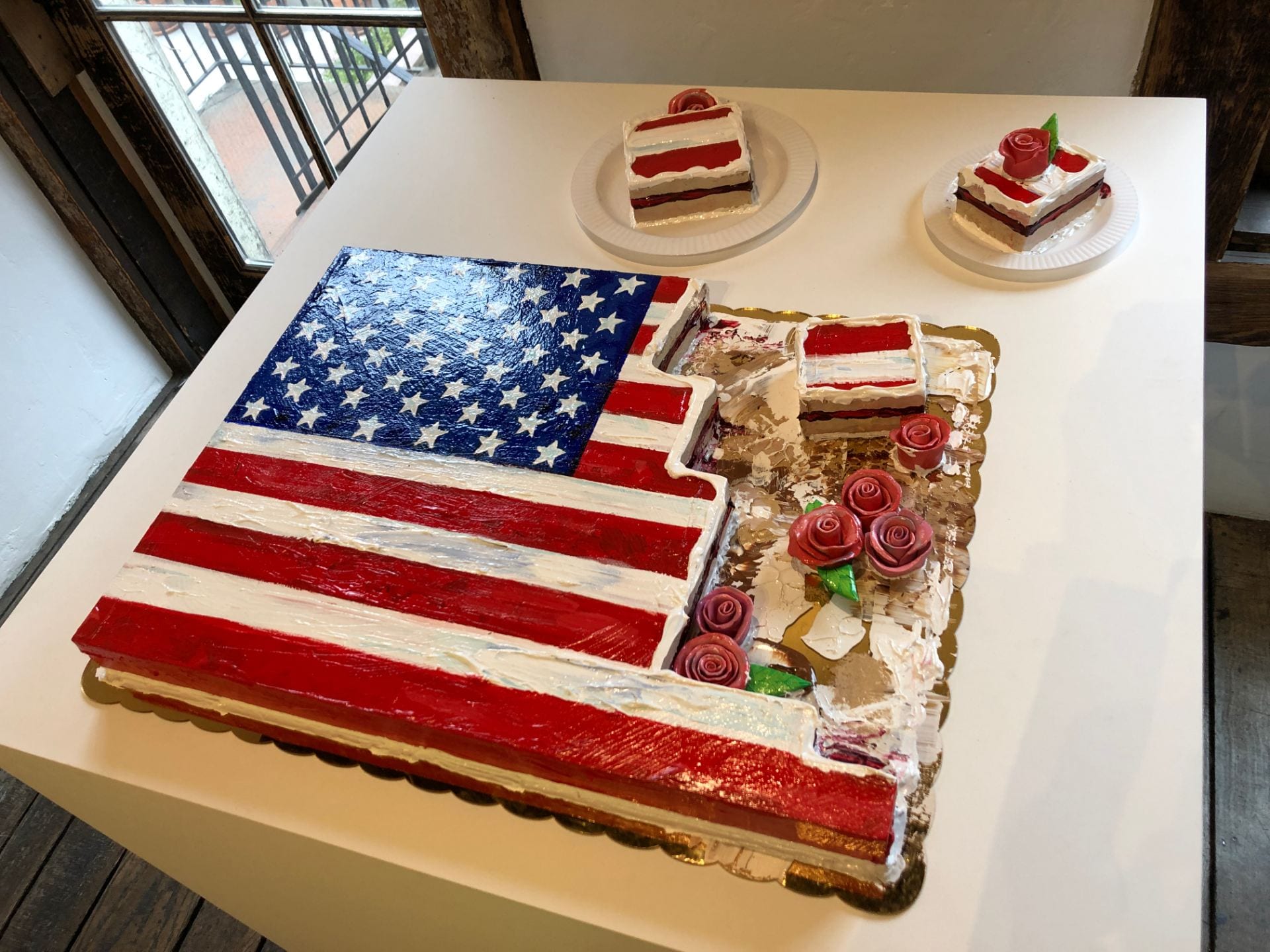


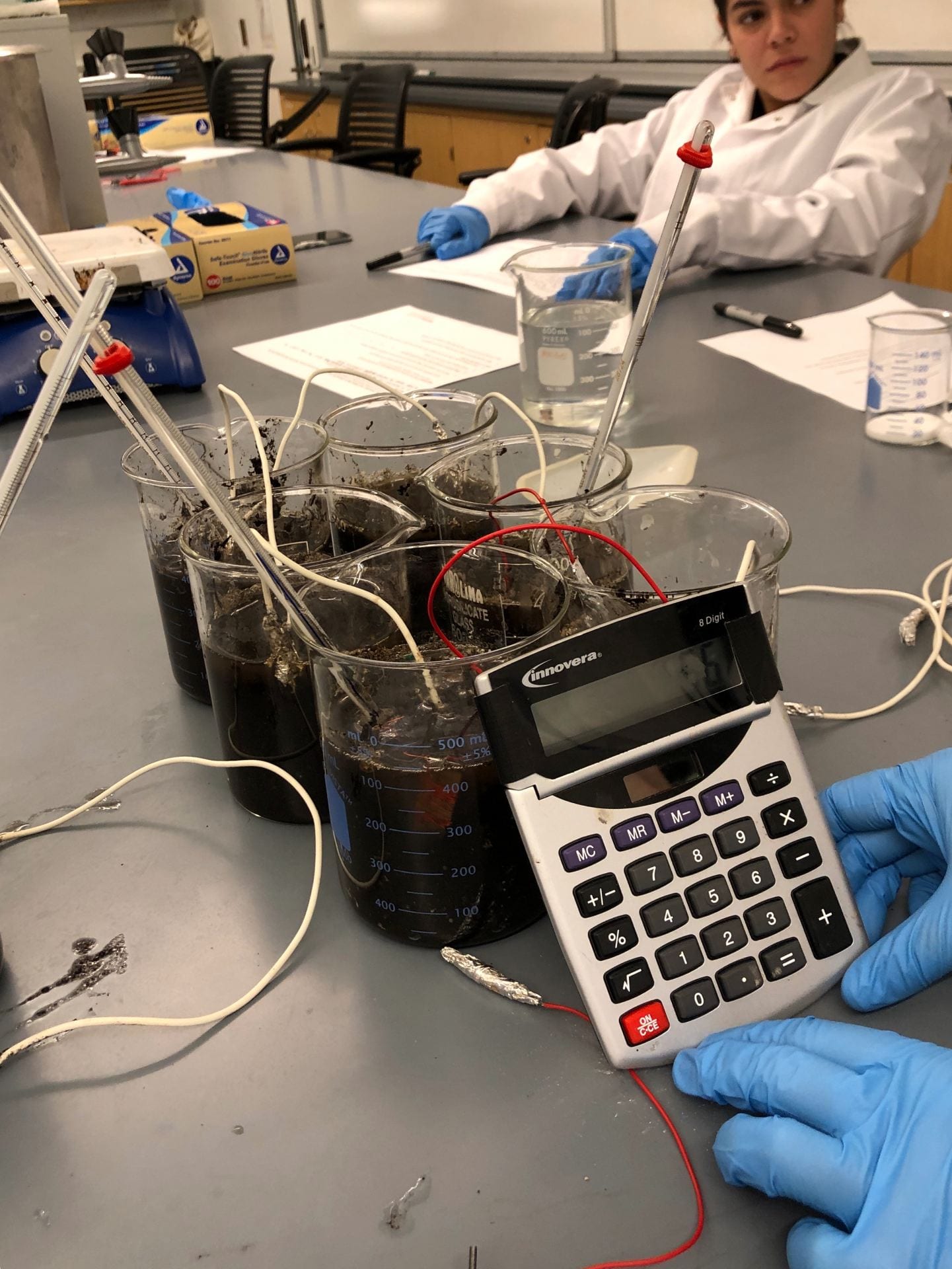
3. Two highlights
I. Laser Ware Project, Drawing Through Making Center (Spring 2019)
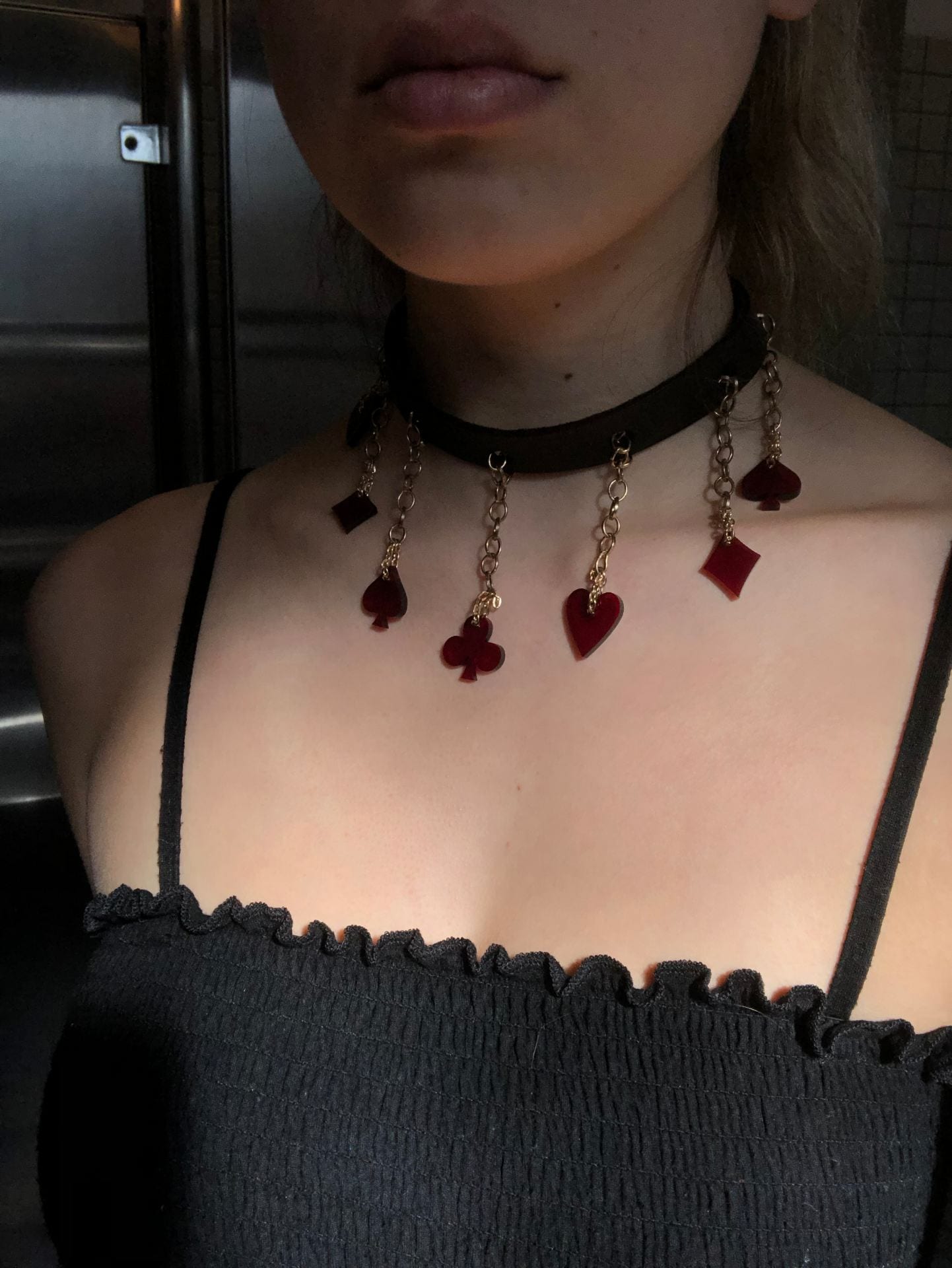
For the Laser Ware Project, I was assigned to a client who was one of our classmates and was asked to design jewelry for her. I was matched to Oz Osborn who I met for the first time in class. We introduced ourselves and shared many stories. I mainly focused on her stories to obtain important and helpful information for jewelry design. When we talked about each other’s hobbies, she mentioned that she likes to play card games. Also, she shortly determined her preferences on bold designs of jewelry and her color preference on gold. Thus, I decided to combine these two elements and came up with the idea of a choker. I drew some sketches of the choker design to pick one that looks best among them. I also designed another type of jewelry, bracelet, in order to let her choose a higher preference between the two designs. Bracelet was a simple design that would be made out of dark brown leather and have her name engraved with a flower illustration. I considered adding a flower illustration to her name because she showed her love for nature, such as plants and animals. When I had a conversation with her over my two designs, she was more drawn to the choker. Therefore, I decided to work on the choker. I searched for materials and went shopping at Michael’s and Canal Plastics Center to buy the materials I wanted. It was a tight schedule for me to get all the materials and reserve the laser lab session in just one week. However, I rushed from places to places to make them work. Even though there were some failures during the process, such as unintentionally bringing restricted materials to the laser lab, I was able to reach my goal before our class presentation. Through various experiences in creating designs and putting them into real objects and through multiple practices in the laser lab, I learned diverse skills and meaningful lessons that I could take beyond this project.
My process of the project went well except for my mistake of not checking the restricted materials for the laser lab. Creating illustration files for the laser lab that is shown below this text wasn’t that difficult because my laser cutting was pretty simple. I had two illustration files: one for the main part of the chocker and one for the pendants. For the main part of the choker, I made several holes for the two ends to connect and for the connections to the pendants. For the pendants, I used playing card symbols to create shapes and made holes to make connections to the main part of the choker. I made two size variations for the pendants because I wanted to see which size fits better with the design and other materials. About the materials, I used a brown leather strip for the main part and used 1/8″ thickness red transparent plexiglass for the pendants. I used two different sizes of gold chains to connect the main part and the pendants. The reason for this is because the holes on the main part and the pendants were too small that the bigger gold chain looked a little weird to be used. It was also better to use two types of gold chains because having two different sizes of chains gave more variety to the design. After successfully completing the laser cutting of the leather strip and the plexiglass, I used long nose pliers to connect the two with the gold chains. It took longer than I expected to connect the main part and the pendants with the gold chains.
Going back to a point where I designed the choker, I majorly focused on my client. I applied all the information I gained from Oz to the design. The style of the choker is made for her taste. Of course, at a few points, I altered the methods of making to produce the best results. For example, when I was connecting chains, I used smaller chains to have a smoother connection and a more design variation.
The class critique helped me to think back what might have done differently and what might have been better if it was done in other ways. However, I decided not to make changes to my design because I was satisfied with how it was. Despite my satisfaction on this project, one thing I could reconsider is that if I were to make this again, I would like to find a material for the main part of the choker that is strong to heat. I still want it to be leather but it should be something that doesn’t burn from the laser cutting. The reason for this is because when I laser cut the leather strip, which I bought from Michael’s, it burnt from the heat, which produced dark dust. It didn’t go away despite my efforts to remove. If there was leather that doesn’t burn from the laser cutting, it would have been so much easier for me to work through because I don’t have to remove all the dust by wiping it out with wet and dry towels.
From this designing, planning, and making processes, I learned big lessons in terms of both art and life. After undergoing unexpected mistakes and figuring out small and big problems, I achieved various skills to arrange things and completing them smoothly. Moreover, the most rewarding part of the experience was learning my strengths and weaknesses. I was precise at planning and had a good coping ability. On the contrary, I was weak at time management. My tendency for perfection was an advantage for better results but was lowering the efficiency of time. Despite the hardships through this project, I was very satisfied and pleased to see the final object, choker, and my client liking it.
II. Nested Polyhedra Project, Space & Materiality (Fall 2018)



First of all, I made hexagons with thick wires and created my own style of snowflakes inside of the shapes based on the Geometry of Nature. I created a total of four wire hexagon snowflakes. I liked the second one than the first one and liked the third one than the second one. I like the latest fourth hexagon snowflake the most because I spent the most time and considered the colors of wires for a long time. As time goes by, since I practiced many times and got more used to handle different thicknesses of wires, I enjoyed more making these hexagon snowflakes. I only used silver wires at first, but I also used gold wires and black wires to add more aesthetics in the later ones. For the reason I used wires is because they were easy to get from the stores and were the only materials I had in class at the time. Even if the wires were not the first material that caught my attention, I would have done the same using the wires because they are easy to handle to form not too big solids. Also, their great textures and images are attractive enough for me to let them be used in my nest. Thus, I would again use wires if I get to redo this project. When I finally gathered four hexagon snowflakes, I put them together with thin black wires to form the core part of the nest.
Afterward, using the pipes in gold colors, I made a tetrahedron. I used gold pipes because I frequently used gold wires in the snowflakes. I wanted them to collaborate well through the colors. I cut the pipes into pieces in the sizes I want and connected them with black thin wires. I first put the wires through the pipes and went all the way around the three sides of the triangle on each side of the tetrahedron. Then, I connected them all together to shape the tetrahedron. It’s important to remember to put the four hexagons solid inside the tetrahedron before you close it. Otherwise, you would have to untie the wires and do everything over again. After I finished nesting the four hexagons solid inside the tetrahedron, I thought they weren’t connected strongly enough. Thus, I added more of the black thin wires around the sides of the two solids to hold them together more tightly. I pretended these parts to be part of my design. I think, overall, nesting these two solids was the hardest part of this project, which perhaps took the longest time to complete.
For the third nest, dodecahedron, I wanted to use transparent acrylic plexiglass because I wanted everything inside to show through the third nest. To make the dodecahedron with the acrylic plexiglass, I needed to use the laser lab. Before I actually scheduled the appointment, I first demonstrated with chipboards to double check the size of it. When this trial went successful, I created an illustrator board for the laser lab using Adobe Illustrator CC. Since it could only contain 6 pentagons due to the size of the plexiglass, I had to cut two boards of the plexiglass with the same file. So that I would have 12 pentagons in total. Also, it was important to make small holes near the corners because that’s how I would connect all 12 pentagons together. Since it was my first time going to the laser lab after the orientation, I was nervous about using the machines and challenging new methods. However, the instructor was very nice and helpful. She guided me to use the machines properly. With her help, I was able to cut two boards of the plexiglass successfully. When I gathered all 12 pentagons, I formed two sets of half of the dodecahedron. By doing so, I can put in the first and second nested polyhedra inside the dodecahedron. Following these steps, I finally created the nested polyhedra with three layers.
Although there were some challenges, such as tightening the wires and putting the pentagons together into the shape of a dodecahedron, I am very proud that I successfully produced my style of nested polyhedra. I think I feel more proud of this project because it is the only design that I can create. It is not something that everyone can make. Also, it is more precious for me because I spent a very long time and put a big effort to produce this work. Moreover, through the process of this project, I was able to learn how to make solids with wires and how to use the laser lab. It was very useful to learn the methods to create the laser lab illustrator boards and to use the laser cutter to cut the materials in the way I want. Taking away the experiences and lessons I earned from this project, I expect my next project to be a step higher than this project.
4. Conclusion
In the future, I want to utilize the skills and techniques I acquired over the first year into my new projects. I would like to connect my works from different classes to make them into a one-story of me. I would also like to further enhance my ability in doing research, ideation, designing, and making. Since we start to take major-related courses from sophomore year, I would like to learn and use 3d printing and interior programs for professional in order to expand my knowledge and ability in the area of interior design.